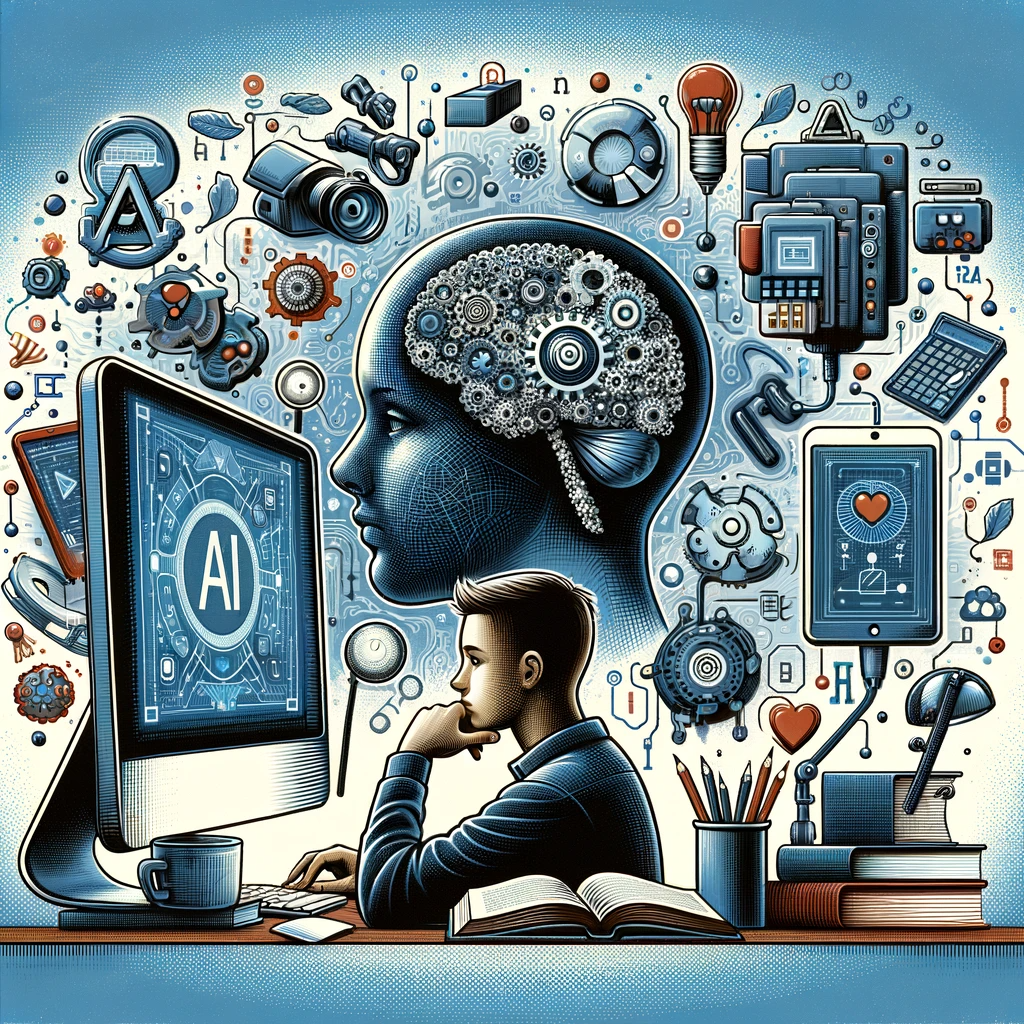Navigating New Frontiers: How Students Can Avoid AI Plagiarism
Admin / January 13, 2024

Navigating New Frontiers: How Students Can Avoid AI Plagiarism
In an age where technology and education intersect more than ever, the emergence of Artificial Intelligence (AI) tools in academics has brought about both incredible opportunities and new challenges. One such challenge is AI plagiarism. As AI becomes more integrated into our learning environments, it's crucial for students to understand what constitutes AI plagiarism and how to avoid it. Here’s a guide to help students navigate this new territory responsibly.
1. Understanding AI Plagiarism:
AI plagiarism occurs when someone presents AI-generated content as their own original work. This can include essays, research papers, or any form of academic writing generated by AI tools. As these tools become more sophisticated, distinguishing between AI-generated content and human writing becomes harder, making it essential for students to understand and acknowledge the use of AI assistance in their work.
2. Honesty and Ethical Use:
The cornerstone of avoiding AI plagiarism lies in honesty and ethical use of technology. Students should always be transparent about the extent to which they use AI tools in their academic work. If you've used an AI tool to assist with your essay or project, it's important to acknowledge it. Many educational institutions are updating their academic integrity policies to include AI usage, so it’s crucial to stay informed about these changes.
3. Developing Critical Thinking and Creativity:
While AI can assist in learning, it can't replace the critical thinking and creativity that are essential to academic success. Students should use AI as a tool to enhance their learning, not as a shortcut. Engaging deeply with your subject matter, formulating your own ideas, and using AI tools for support rather than reliance, are key strategies in maintaining academic integrity.
4. Using AI Ethically:
There are ethical ways to use AI in academics. For instance, AI can be a great tool for brainstorming, providing initial research direction, or even grammar and spell checking. However, the final work should be a product of a student’s own reasoning and analysis. Understanding the fine line between assistance and plagiarism is essential.
5. Education and Training:
Educational institutions play a crucial role in training students to use AI responsibly. Workshops, seminars, and guidelines on AI usage can help students understand how to integrate these tools into their learning process without crossing into plagiarism.
Conclusion:
AI in education is here to stay, and with it comes the responsibility to use it wisely. Avoiding AI plagiarism isn't just about adhering to academic standards; it's about respecting the essence of learning and the intellectual effort that goes into it. By understanding AI plagiarism, using technology ethically, and valuing original thought, students can navigate this new frontier successfully.